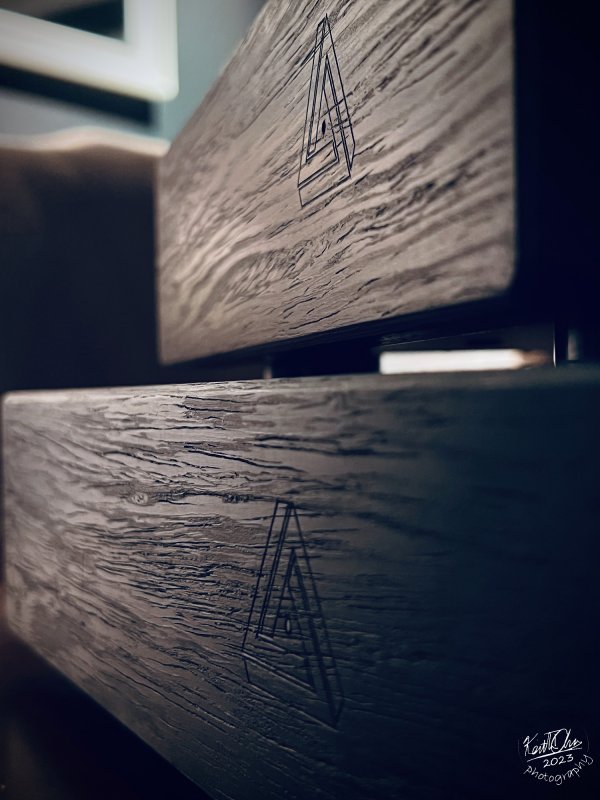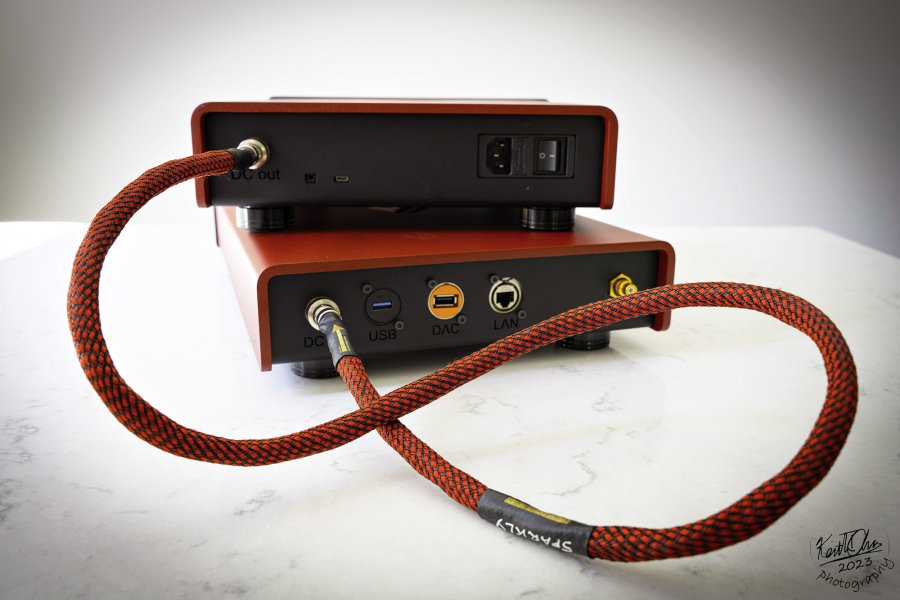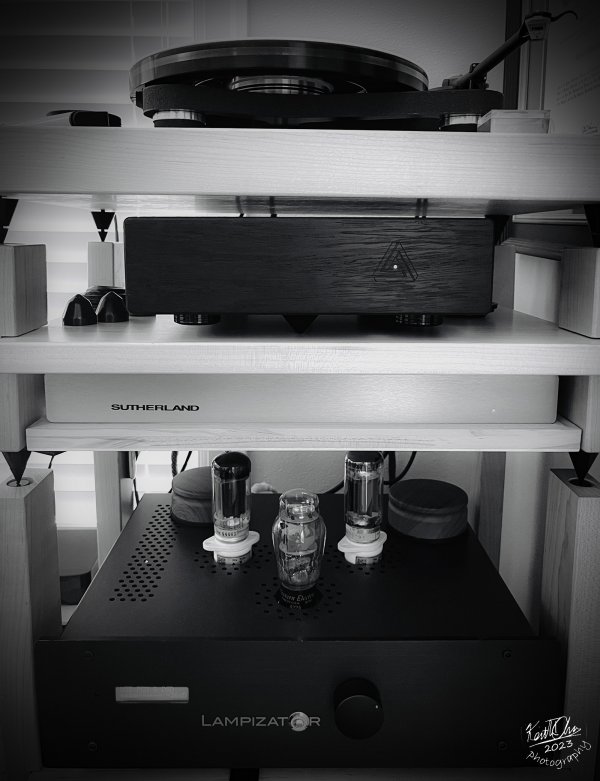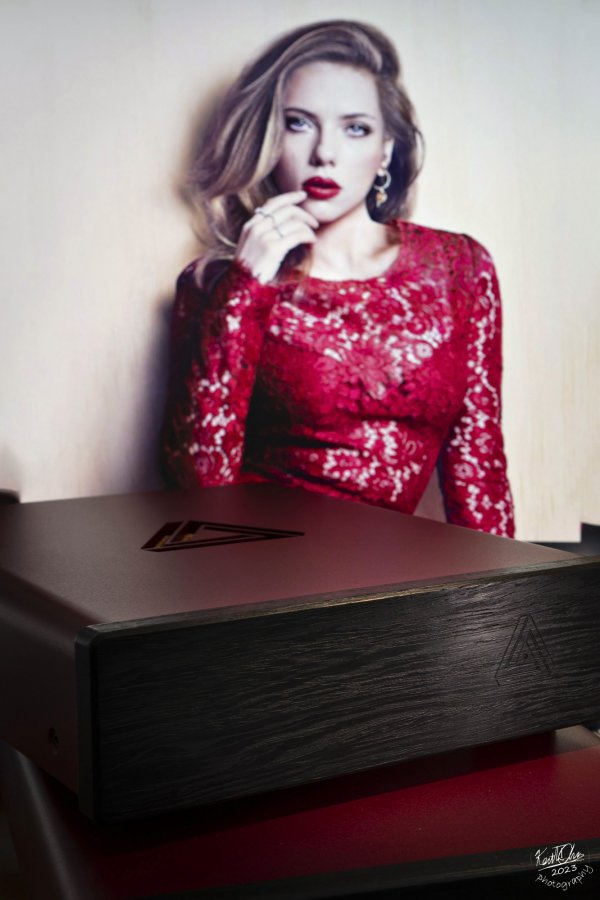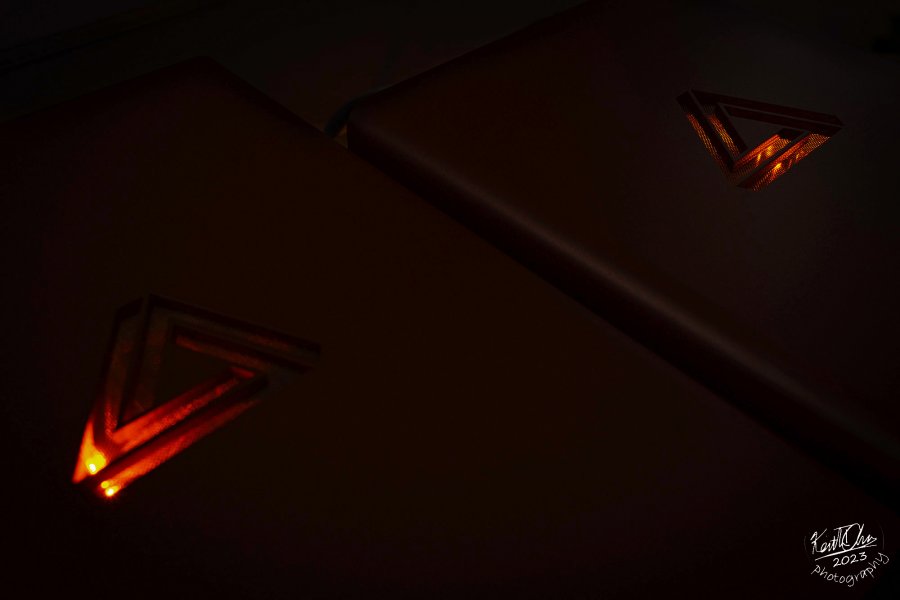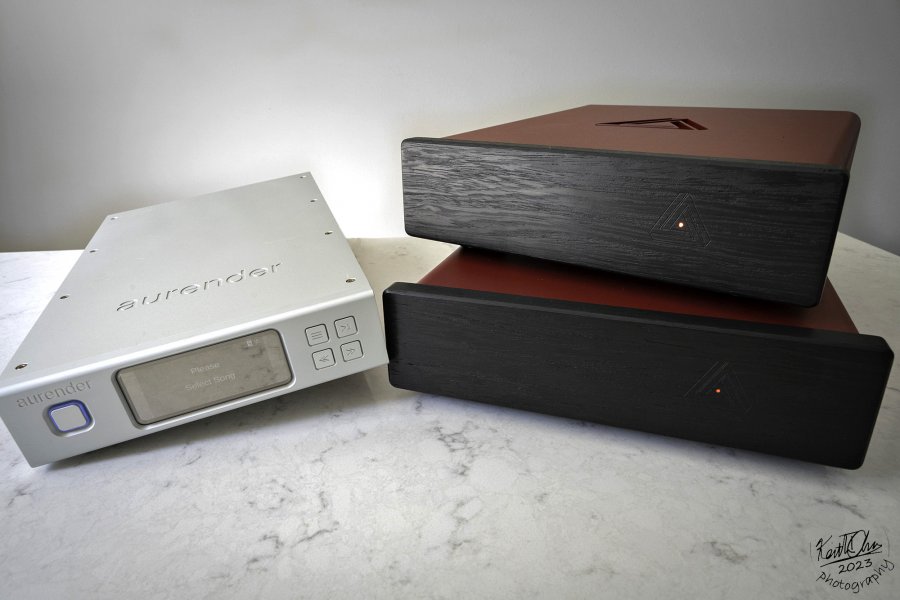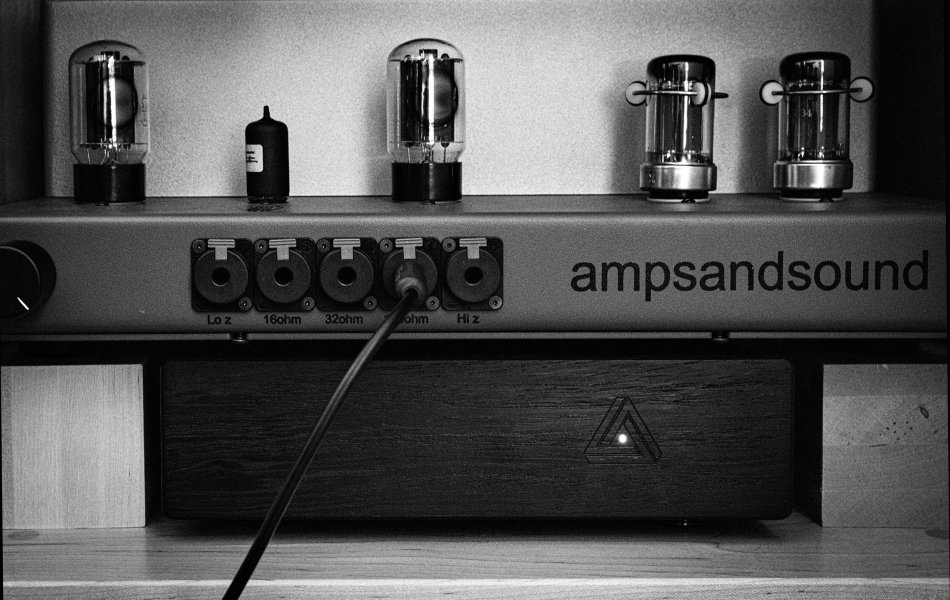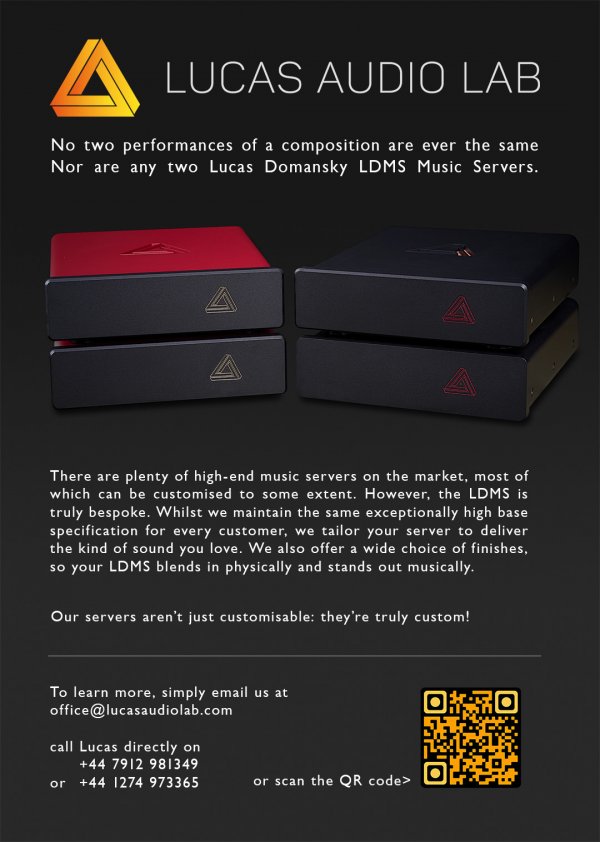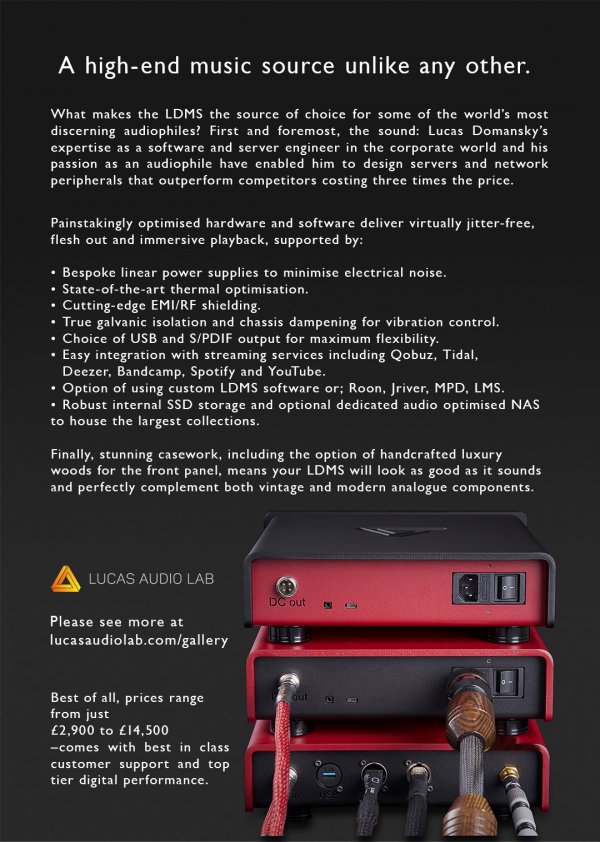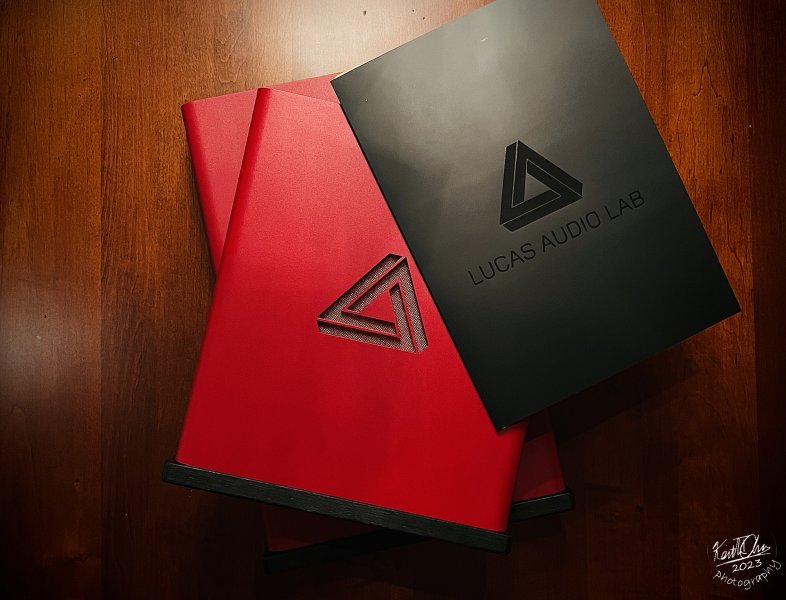
Our audio upgrade itch is a funny thing. One moment we're happy with the music, and the next minute we are pursuing what we didn't know was missing.... which is probably why some of you are reading this. In my case, it started with an innocent amplifier upgrade, which then quickly led to a new DAC, phono stage, then power condition and cables. When almost no audio stones were left unturned, I looked at the only remaining piece of my original system: the digital server. Ironic, since it is near the beginning of the music stream. Trash in, trash out, as they say.
This adventure took a turn while researching top-tier digital servers. My search immediately returned the strongly marketed products from brands such as Auralic, Aurender, Innuos, Lumin, Naim, etc., and also the esoterica like Taiko. One of the forums had a strong following of members switching from these brands to the Lucas Domanski Music Server (LDMS), describing superlative performance and better value. Intriguing!! As I dove further into this brand, the LDMS owners on online forums universally suggested, "You should email Lucas and ask him directly, he is very reachable." And so I did -- the initial outreach with Lucas quickly led to an almost 2-hour Whatsapp international call, followed by innumerable back-and-forth texts to hone in on the exact design of a customized music server. My requests were not only sonic, but also aesthetic and based on a specific size requirement, all of which Lucas addressed. And finally came the day, when the server is ready and shipped.... and thus, my Scarlett (yes that's her name) was born.
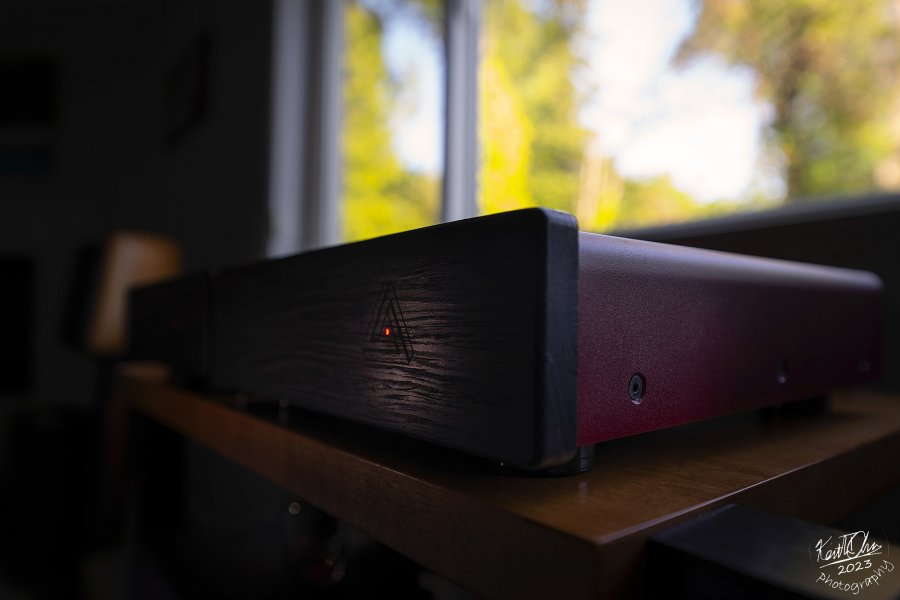
Why LDMS? Who is Lucas Domansky?
Behind every LDMS is the man himself, Lucas Domansky, a passionate audiophile from Poland who has memories as a youth of innovating to further the quality of his music playback beyond what was readily available; at the age of 10 he was helping his father design and build their own custom speaker systems and hifi electronics. His curiosity also led to tinkering with the available hardware in the early days of home PCs and chasing numerous iterations of component and software modifications to improve the sound of digital playback. Fast forward two decades, as a natural segue Lucas worked in IT engineering where he optimized industrial server systems for companies in both the UK and Poland.
Lucas' continued pursuit to create the finest solution for his own digital playback became more than just his personal hobby in 2015 when several seasoned audiophiles tried out his home-built music server and immediately asked to buy them. As word of his work spread, an early prototype of his music server was actually used by UK dealer G Point Audio at the 2017 North West Audio Show at Cranage Hall where the room won the Best Room award by HiFi Pig magazine. Lucas Audio Lab was started that year with the vision to turn his passion of creating the world's best music servers into actual products.
Mr Domansky explained that he chose to work on digital music servers because of his in-depth experience in computer systems and optimization of hardware-software integration from an audiophile perspective: "There is so much more than just putting together a collection of high-spec parts that still might not work well together. I want music playback that sounds like real life, without any of the usual digital harshness, and achieve what some people call analog-sounding, and without any DSP. We can program and tune each server to maximize the sound based on the customer's needs, whether it is only streaming, or with a focus on jazz or rock." The Lucas Domansky Music Servers are Intel and Windows-based, but also has technologies reflecting a culmination of over 10 years of his tweaking every component to maximize music reproduction, including the use of RFI shielding and custom power supplies and output circuitry to address noise, as well as proprietary drivers and renderer software.
In 2020, Lucas left his full-time profession and now dedicates himself to Lucas Audio Lab. He is expanding his production area in Poland and has 3 full time employees. I asked him how he envisions the future of LDMS and what motivates him, to which he replied, "I love this want to disrupt the industry with my after sales care approach.... it bothers me when I buy a component and as soon as money is exchanged, you no longer get any support." Throughout our conversations, I can say Lucas' energy and passion clearly stands behind his response. You are not just buying a server, but instead, a membership into the LDMS family. He will continue to provide individualized attention and support, as well as continued software tune-ups to improve the sound. I spoke with others who vouch for his customer support and my post-purchase experience has lived up to this reputation. Oh, and did I mention he has a 7 year warranty?
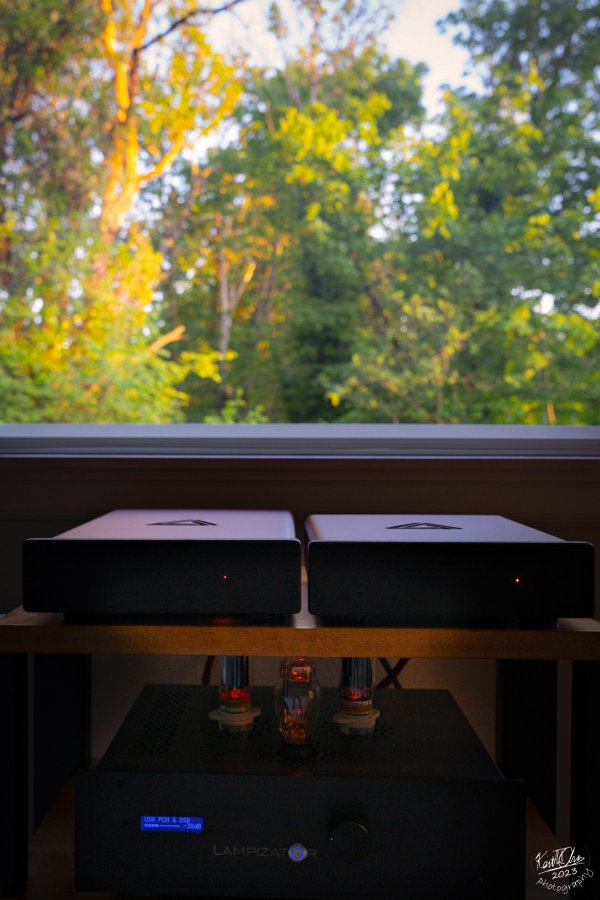
What's up, Scarlett?
The Lucas Domansky Music Servers (LDMS) are custom-built music streamers or servers based on individualized needs. In general, the LDMS units can be categorized in 2 large buckets based on chassis platform: the Mini and the Maximus. The former is 10.9-inch (276 mm) wide compared to the latter's 16.9-inch (430 mm) width. The Maximus uses a larger processor and draws more power, and the larger chassis allows for internalization of the otherwise external power supply, the addition of a USB reclocker, as well as more SSD storage capacity and shielding/grounding. The Mini's processor, however, is ample for most users, including operating as a combined Roon core and endpoint, with the larger processor only being significant in situations where higher-bitrate DSD real-time upsampling is needed. Just to be thorough, his website also lists a product called the Pico which is purely an end-point streamer, and can be used in conjunction with the Mini/Maximus servers.
The Mini by default has a small external power supply, but as of 2022 Lucas offers the option of a new upgraded hybrid power supply which has a dedicated power umbilical to either server, housed in a case that matches the appearance of the Mini. If used with the Mini, this is now a two-box system; the upgraded power supply can also be stuffed within the chassis of the Maximus if a 1-box solution is needed, but Lucas recommends physical separation of the power supply if possible. For further customization, the Mini can also be built with a Maximus chassis; there is also a "Minimax" option which has additional shielding/grounding and internal cabling upgrades within the Mini chassis.
The units have a standard USB output and LAN port, with an option to add one coaxial SPDIF output, and a "level 1" or "level 2" reclocker options for both USB and SPDIF. Currently no AES/EBU or optical output is available. Internal music storage options range from 1TB to 16TB. For those who want to go the extra mile, Lucas can also make a separate optimized NAS music storage with up to 60TB for maximal electrical isolation.
Both the current Mini and Maximus have a similar minimalist-appearance with a sculpted non-ferrous chassis allowing for customization of color (including LED color). Choices for the front face include different color aluminum plates, fabric/leather, as well as an endless possibilities of finished/stained woods including Zebrawood, Cocobolo or even African Ebony. I received a social media comment describing my ordering process as "complex." A prospective buyer can certainly make it as straightforward and simple as they want (e.g. no options), or spend significant time customizing the order. This is much more akin to going to a design session for an individualized Porsche build rather than ordering a Tesla online. But for those seeking the ultimate product experience, I would say the journey is part of the fun! This is what he means by a "bespoke" approach -- each server is designed for your specific needs. You are commissioning Lucas to make you a piece of art.
I first reached out to Lucas on March 10. My detail-oriented questions (and research process) to narrow down my perfect configuration spanned over a month of over a hundred Whatsapp text exchanges with him on a nearly daily basis (and with a 9 hour time difference). Thankfully the LDMS online customer base is very supportive and I'm thankful to those who provided their advice from all over the world (shoutout to Goran, Will, Greg, Usé, Adam). Consistently their advice could be summed up by: "Just trust Lucas' ears and his advice, he is the wizard." My aesthetic preference was also to have a very dark, almost near-black, wood face, and Lucas catered to my quest in finding examples of woods ("Merbau, Sepale or American Walnut?") and stains from his UK and Polish carpenters until my look was achieved.
As with any small business, all communications are handled personally by Lucas himself. He is great with making sure your questions are answered, but he is also handling all of his other customers' needs, as well as also having his own time to sleep, eat, etc. He is always working and frequently corresponds past his midnight. On a few occasions I did nudge him after a few days for an update, and he was always patient and kind. Point is, he is a busy artist, so understand that the journey is one that you have to work with his process to create your LDMS, but as my grandma taught: good things come to those who wait.
Last edited:


